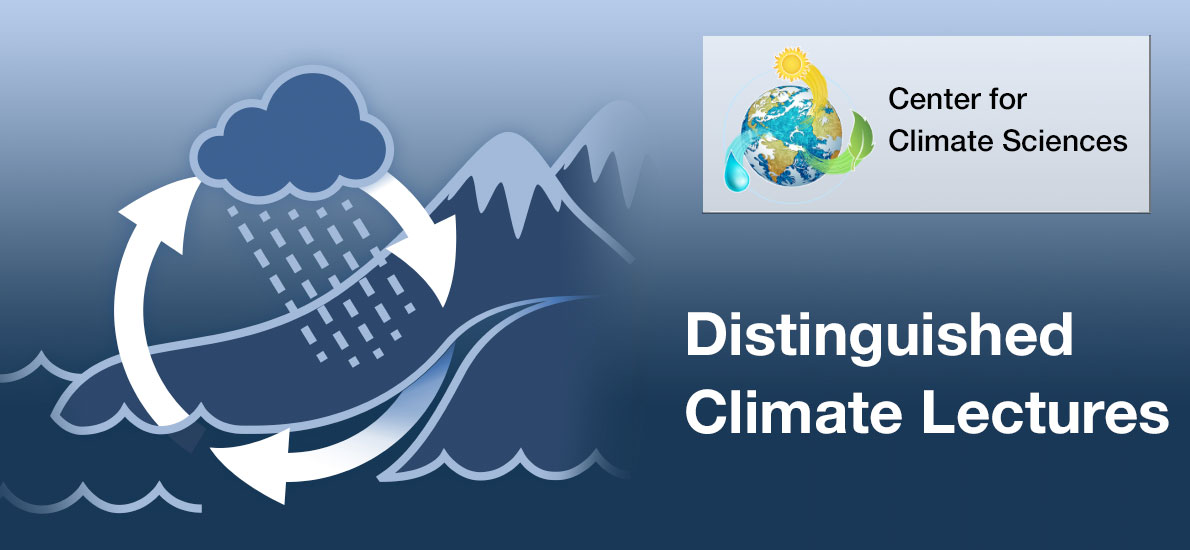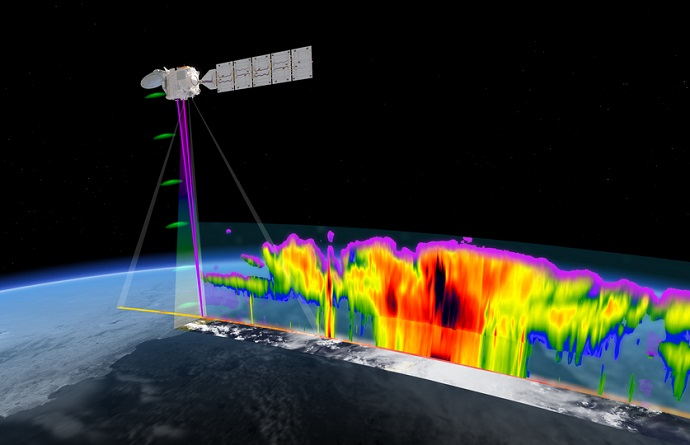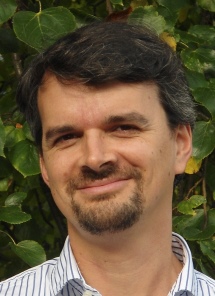Seminars
What will we do with EarthCARE?
May 30, 2024
| 180-101 (in person) & Microsoft Teams, 2:00 pm PT
› view lecture

About this Lecture

About

Robin Hogan is a Principal Scientist at ECMWF and Professor of Atmospheric Physics at the University of Reading. His research interests are primarily in atmospheric radiative transfer and developing numerical techniques for representing the interaction of radiation with clouds, gases, aerosols and complex surfaces. He is the European Co-Chair of the EarthCARE Mission Advisory Group, and is leading the development of the algorithm that will retrieve the properties of clouds, aerosols and precipitation from the synergy of active and passive EarthCARE measurements.
